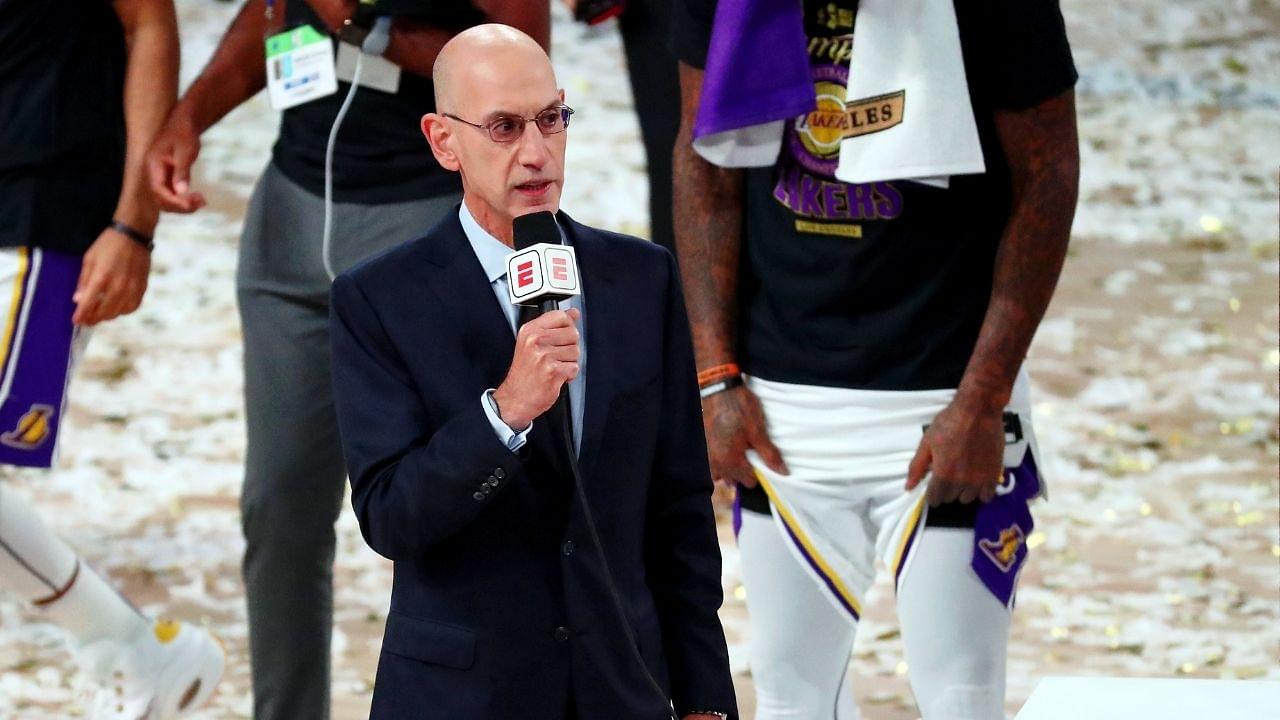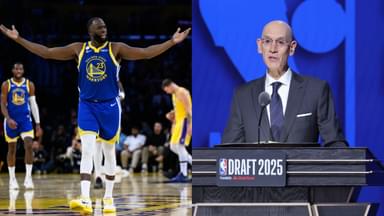NBA Commissioner Adam Silver said there is no data which proves that the league’s pro-BLM stance affected its ratings.
Advertisement
The NBA Bubble in Orlando took place in the wake of countrywide protests against police brutality on black people. Many of the league’s superstars themselves took to the streets in protest.
Adam Silver: No data ‘Black Lives Matter’ on court hurt NBA ratings https://t.co/4YiV1bfhI2
— Dan Feldman (@DanFeldmanNBA) November 30, 2020
“Now, some people might suggest that the words Black Lives Matter are causing massive amounts of people to tune out the NBA. There’s absolutely no data to support that.”
“In fact, as I said, there’s no doubt there are some people—and whether or not they were truly our fans to begin with is unclear—who have become further engaged with the league because they believe in our players and they believe in the positions they’ve taken, even if they don’t agree with everything they say. They respect their right to speak out on issues that are important to them.”
Adam Silver gives reasons behind the severe ratings drop for the NBA Finals
During the Finals, Silver examined why some people were disillusioned by the NBA.
“In terms of the messages you see on the court, on our jerseys, this was an extraordinary moment in time, when we began discussions with players and what we lived through this summer.”
“My sense is there will be somewhat a sort of return to normalcy, that those messages will largely be left to be delivered off the floor. And I understand those people who are saying, “I’m on your side, but I want to watch a basketball game.”
Also Read: ‘Dear Basketball’: When Lakers legend Kobe Bryant announced his retirement with an emotional poem
There could be a number of contributing factors as to why NBA ratings were down. These include cord cutting, increased viewing options, coronavirus altering the sports calendar and dilution of the overall product without crowds.
Online streaming of sports, both through legal as well as illegal means, is currently at an all-time high. The majority of the demographic comprising of people in 20s and early 30s is using these routes.




